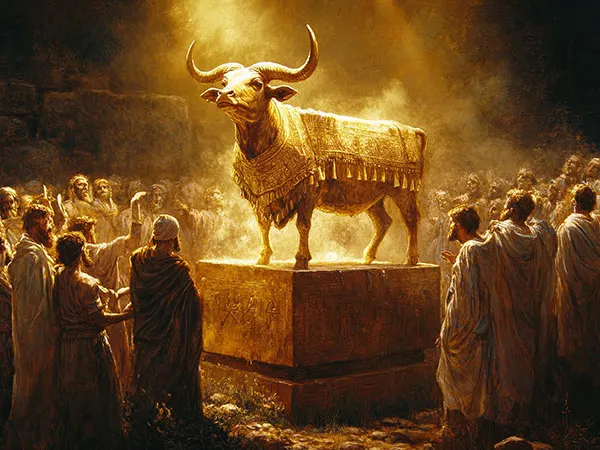Filter by Categories
Offerings (Part Three)
Sermon/Bible Study by John W. RitenbaughThe meal offering (grain offering) represents fulfilling our duty to our neighbor. he materials used in the meal offering symbolize Jesus' perfect character.
The Offerings of Leviticus (Part Three): The Meal Offering
'Personal' from John W. RitenbaughThe meal offering represents the fulfillment of the second great commandment, "You shall love your neighbor as yourself." Here is how to understand this offering.
What Is an Offering?
Sermonette by Richard T. RitenbaughThe first recorded offering teaches that offerings arise from the fruits of our labor and that God values the giver's heart more than the gift itself.
Pentecost's Two Leavened Loaves (Part Two)
CGG Weekly by David C. GrabbeThe grain offering is not substitutionary; it does not symbolize an individual but rather the product of his labors toward others from God's bounty.
Two Loaves, Baked with Leaven
Sermonette by David C. GrabbeThe leavening indicates that the wave loaves speak to this life rather than the resurrection. It is accepted by God only because of the other sacrifices.
Sugar Cookie
Sermonette by Bill OnisickNavy Seal training has a humbling 'sugar cookie' exercise in which trainees are arbitrarily forced to endure excruciating discomfort and humiliation.
A Warning from Jude (Part One)
CGG Weekly by David C. GrabbeThe stories of Cain, Balaam, and Korah help us to understand Jude's urgent warning to the church for all time. These men's ways are continually repeated.

The Bond of Perfection: Sacrifice
Sermon by Bill OnisickSacrifice is the central theme of God's plan, not only the foundation of salvation, but also a means by which we are transformed into God's image.

The One Thing
Feast of Tabernacles Sermon by Bill OnisickSacrifice is the foundational principle for salvation and spiritual growth, as exemplified by Christ's preordained sacrifice before the world's creation.

The Two Wave Loaves of Pentecost
Sermon by David C. GrabbeThe offerings of the Old Testament are like divine parables, acted out to teach about the Messiah, unveiling a beautiful picture once we understand the symbols.
The Sacrifices of Leviticus (Part 4)
Sermon by John W. RitenbaughThe meal offering represents the second Great Commandment, love toward fellow man. Our service to others requires much grinding self-sacrifice and surrender.
The Sacrifices of Leviticus (Part 3)
Sermon by John W. RitenbaughVarious animals were used in the burnt offering—bullocks, lambs, doves, and goats. Each depicts some characteristic of Jesus that we must emulate as we serve God.
It is Done! The Perfect Peace of God
Sermon by Mark SchindlerIn the peace offering, Christ is the priest, offeror, and offering. Since all parties share the peace offering as a meal, it exemplifies a peaceful communion.

Prepare to Meet Your God (Part Five): Religion and Holiness
Article by John W. Ritenbaugh and Richard T. RitenbaughThe prophet Amos exposes the ancient Israelites' religion as syncretic, a blend of God's way and paganism, corresponding to this world's Christianity.
Matthew 5:13: 'What is the Salt of the Earth?'
Sermon by Richard T. RitenbaughFollowers of Christ are encouraged to serve as the spice of godliness in a fallen world by preserving, enhancing, sacrificing, witnessing, and blessing.
Do You Recognize This Man? (Part Four)
Sermon by Richard T. RitenbaughFruit is a product of growth requiring knowledge, work, patience, truth (light) and water (God's Spirit). Only by remaining on the vine will we bear fruit.